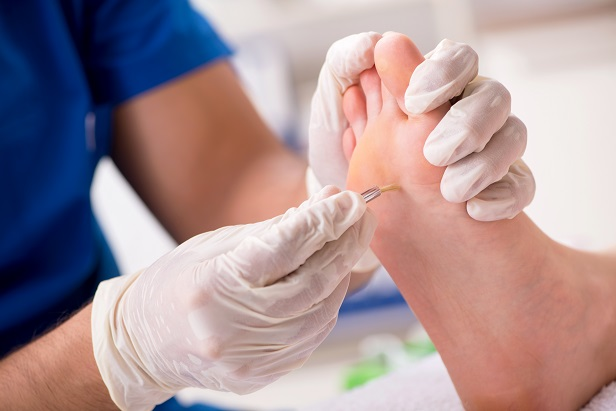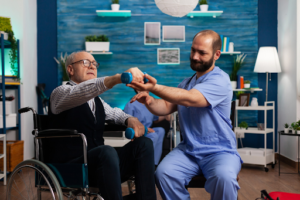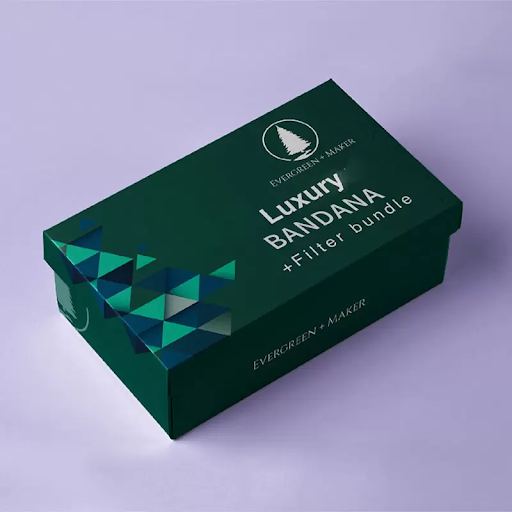Foot corns, those small, hardened areas of skin that develop due to pressure or friction, can be quite painful and bothersome. Common, to say the least, foot corn can really plague many people who spend a lot of time on their feet or even those who wear shoes that do not fit well.
For more about corn on foot, we have collected here the information about what foot corns are, the causes, symptoms, and different treatment options available for the treatment of discomfort associated with them.
What Is a Foot Corn?
Foot corns are thick layers of skin which develop as a defensive reaction to repeated pressure or friction. They occur on top and along the sides of toes or the soles of feet. They come in three forms:
- Hard Corns: These are the most common kind and appear as small compacted areas of hard skin, usually within a larger area of thickened skin.
- Soft Corns: These are whitish or grey and have the texture of rubber. They often build between the toes, where the skin is kept moist by perspiration. It is also sometimes referred to as interdigital corns.
- Seed Corns: These are small and usually occur on the sole of the foot. They can be very painful due to their site of location.
Causes of Foot Corns
Foot corns develop due to excessive tension or friction on the skin. Common causes include:
- Ill-Fitting Shoes: Shoes that fit either too loosely or too tightly will result in pressure points rubbing constantly.
- High Heels: Shifts the weight of the foot forward, putting maximum stress on your toes.
- Toe Deformities: Conditions like hammertoes and bunions usually exert unnatural pressure on other areas of the feet.
- Walking/Running: The repetitive action may, over time, rub on the skin area and cause corns to develop.
- Not Wearing Socks: Not wearing socks allows no barrier between the foot and shoe, creating friction.
Symptoms of Foot Corn
Corns can have variable symptoms depending on their variety and occurrence site. The major symptoms are as follows:
- Pain and Tenderness: Painful corns, more so when pressure is applied to them.
- Hardened Skin: The affected area will be thickened because of the hardened skin.
- Inflammation: The skin encompassing the corn may be red and inflamed.
- Discomfort: Discomfort while walking, especially where the corn falls in the weight-bearing part of the foot.
Treatment Options for Foot Corn
Cure and therapy for foot corns require the exact aetiology of pressure or friction and measures for the removal of thickened skin. Following are some of the effective treatment modalities:
Home Remedies for Foot Corn
- Soaking and Exfoliating: Soak the feet in warm water for about 10 minutes to soften the skin. Gently exfoliate the corn using a pumice stone or a foot file without removing too much skin to avoid bleeding and possible infection.
- Smoothening: Apply moisturising lotion or cream to keep the skin soft and prevent dryness leading to friction.
- Corn Pads: Apply over-the-counter corn pads over the corn in order to reduce further pressure and friction. In most instances, these are doughnut-shaped and work to distribute the pressure around the corn.
Medical Treatments
- Salicylic Acid: Over-the-counter treatments containing salicylic acid work by dissolving the thickened skin of corn. Follow the directions on the product, and take great precautions with its use if you have sensitive skin or diabetes.
- Cryotherapy: In this, liquid nitrogen is applied to freeze the corn. It is generally done by a practitioner and is quite effective in cases of chronic corn.
- Surgical Removal: In severe cases, a doctor might recommend the surgical removal of the corn. This is usually the last option when all other measures fail.
Measures to Avoid
- Proper Footwear: Properly fitting shoes that are right in size and allow adequate support are recommended. High heels and very tight or loose shoes must be avoided.
- Foot Hygiene: The feet should be kept clean and dry. Keeping toenails properly trimmed prevents pressure on the toes.
- Orthotic Devices: Custom orthotic devices can prevent the development of corns by redistributing pressures in the foot.
When to See a Doctor
Though most foot corn can be cured at home, the following are some situations in which you are required to consult a doctor:
- If the corn has turned extremely painful or inflamed because of diabetes or circulatory diseases, complications may develop in them
- If home remedies prove ineffective and the corn persists.
If you are looking for the best surgeon for foot corn removal, Smart Surgeons can be your perfect choice. Choosing Smart Surgeons for treating foot corns can be beneficial for several reasons:
- Minimally Invasive Procedures: They offer advanced, minimally invasive techniques for corn removal, which can result in less pain and quicker recovery times.
- Experienced Surgeons: The team consists of skilled surgeons who specialise in foot-related issues, ensuring you receive expert care.
- Affordable Pricing: Their services are competitively priced, making them a cost-effective option compared to other clinics.
- Quick Procedures: Many of their minor surgeries, including corn removal, can be completed in about 30 minutes.
The Bottom Line
Although common and perhaps painful, foot corns can be managed well if proper treatment and precautionary measures are utilized. Knowing what the causes and symptoms are, and being able to take steps to minimize how much pressure and friction your feet come into contact with, will ease discomfort and help you prevent further outbreaks in the future.
If these home remedies don’t seem to work, do not hesitate to seek medical advice from a foot corn treatment doctor like Smart Surgeons.













+ There are no comments
Add yours